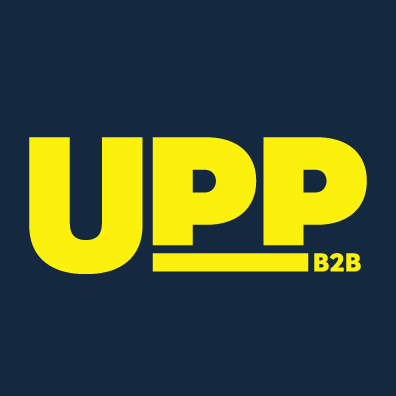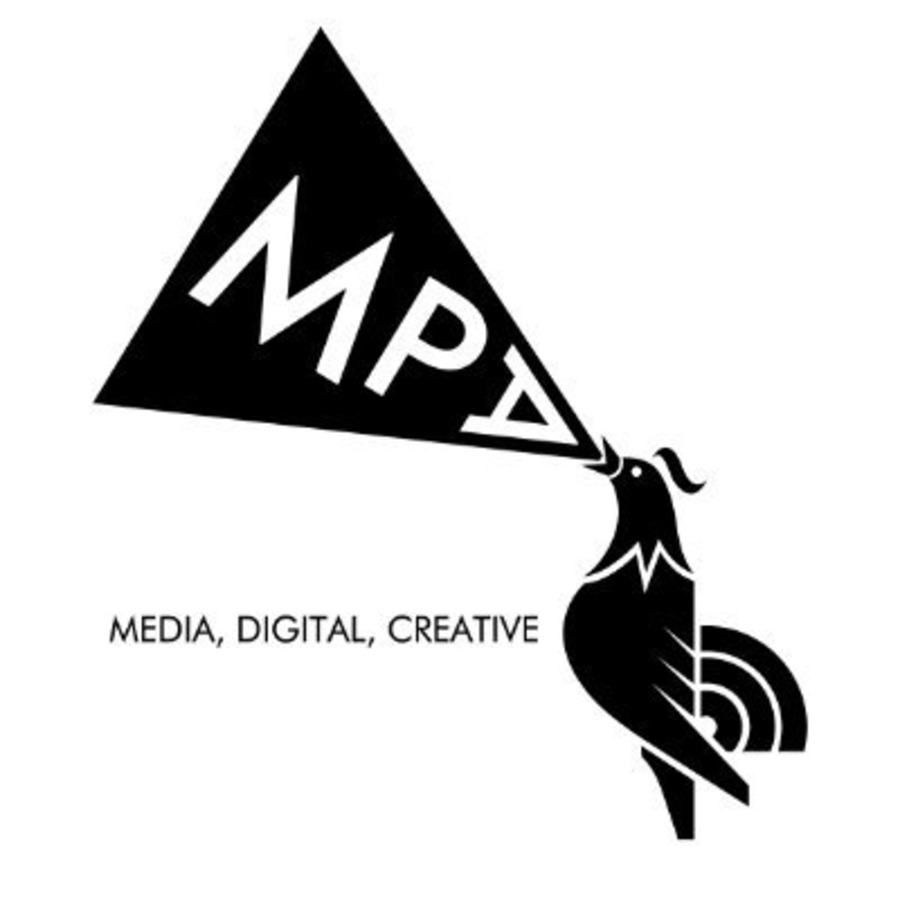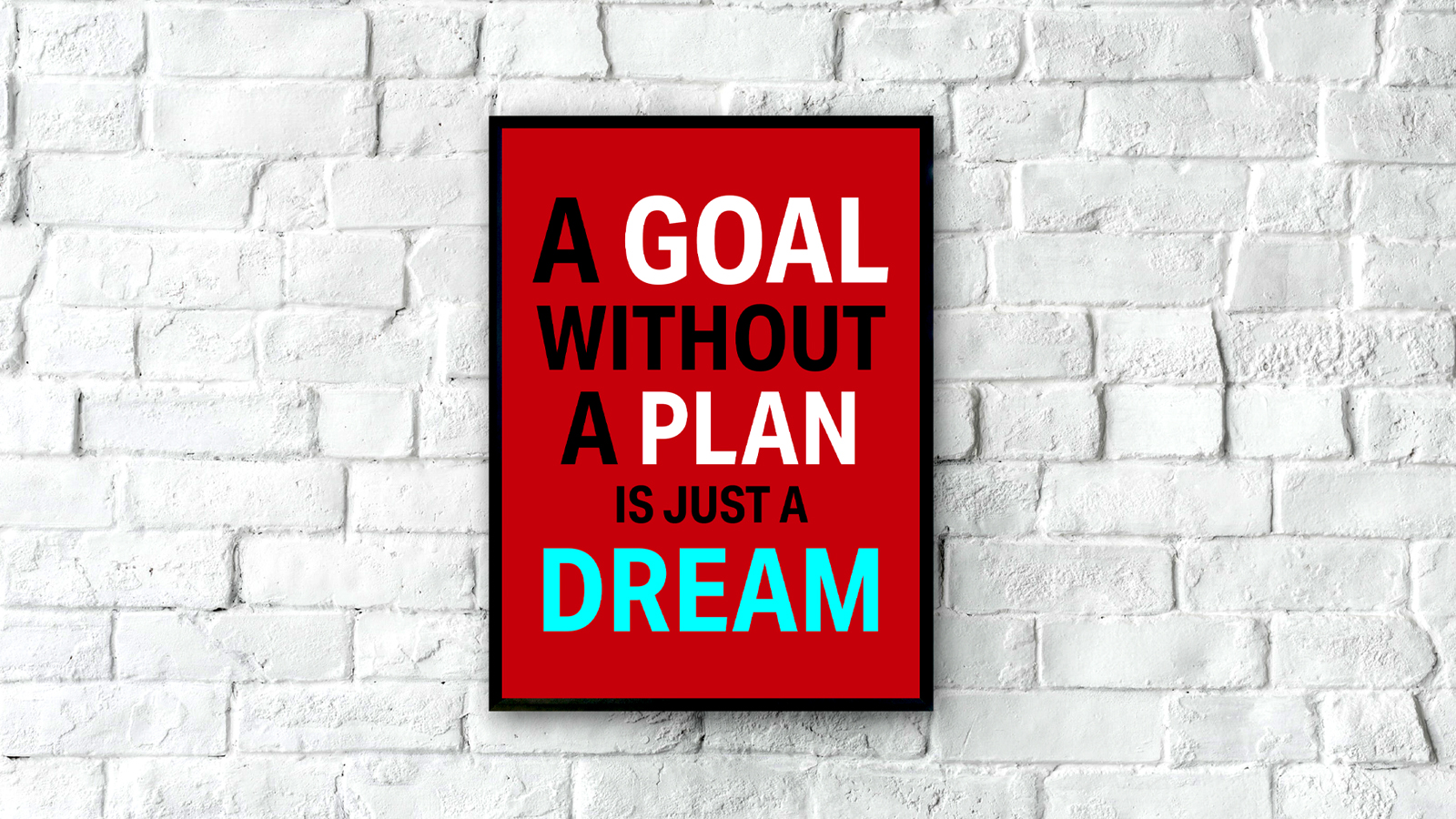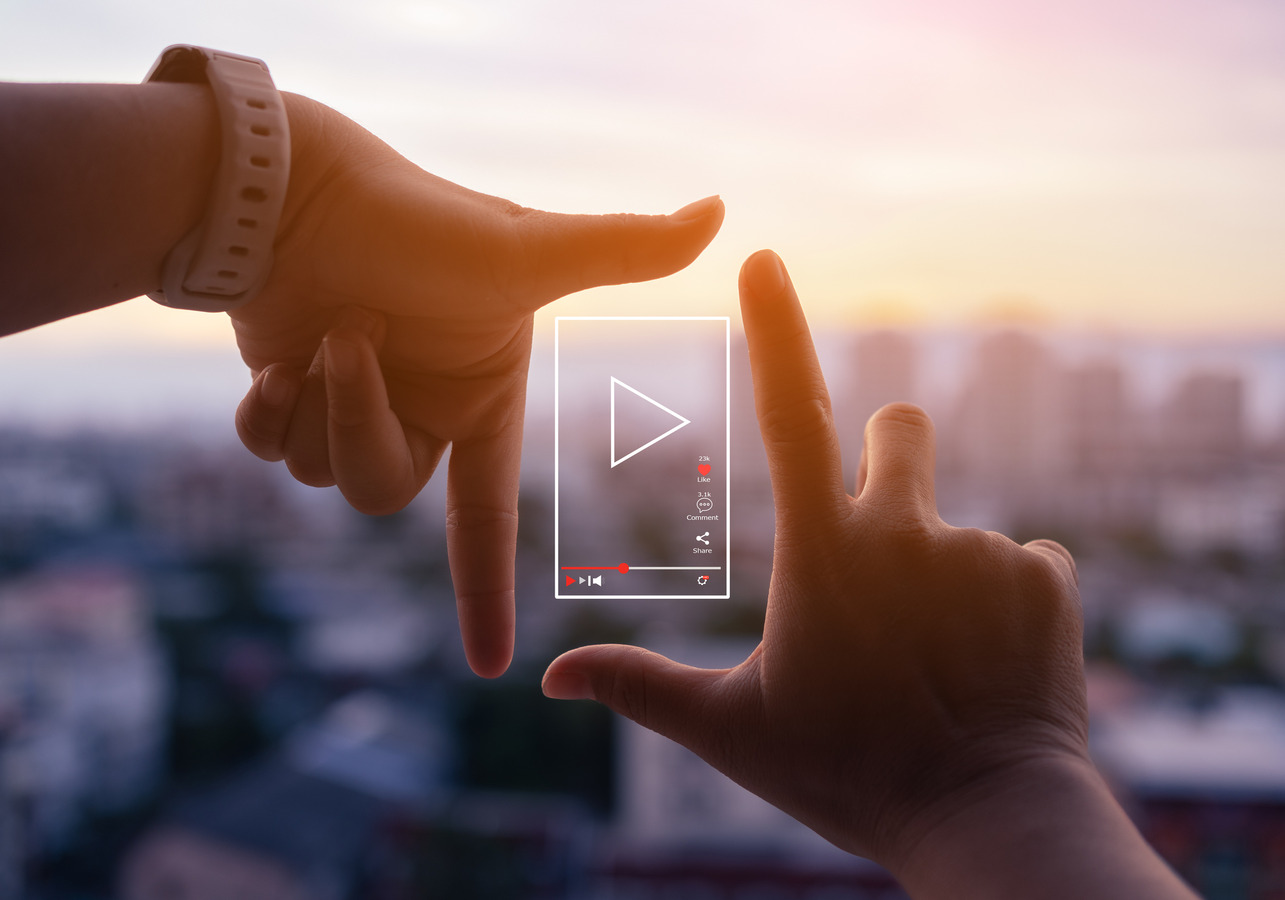At this point, we’re all feeling pretty ground down by Covid-19 right? News from the pandemic frontlines pours relentlessly from our phones, TVs and laptops.
The stories ricochet from terrifying to heart-breaking and back again. There’s the occasional uplifting tale – Captain Tom, nationwide standing ovations for the NHS – but it’s mostly grim and gruelling stuff. And there is, as yet, no visible light at the end of the tunnel.It’s understandable, then, that so many B2B brands have opted to halt their marketing comms altogether. They worry that, against the global backdrop of medical and economic woe, anything they say may seem frivolous at best, and crassly exploitative at worst. Frozen by fear of saying the wrong thing, they’re saying nothing at all.
This is not, however, the time for your B2B brand to ‘go dark’. Clearly, Covid-19 does not represent some once-in-a-lifetime marketing opportunity (unless you’re a sociopathic snake-oil salesman with a taste for disaster capitalism). But it does require your brand to remain front-of-mind for your customers and employees alike. They need your reassurance, your support and your encouragement. And when this crisis has passed – which it will, Christ knows when, but it will – the B2B brands that provided those three essential things will be in a far stronger position to rebuild their businesses than those that didn’t.
It’s tricky and delicate, but it’s also important and entirely do-able. Here’s how DHL managed to get it so right.
DHL vs Covid-19
For most of us, the last few weeks have shone a very bright light indeed on the importance and complexity of the global supply chain. Logistics workers have gone from near-invisibility – moving products from A to B with unassuming precision – to frontline heroes in the battle against Covid-19. Who would’ve thought, just two months ago, that millions would be hanging posters in their windows expressing heartfelt gratitude to delivery drivers?As the world’s largest logistics brand, DHL is at the forefront of the astonishing – and astonishingly swift – rethinking of supply chains. While most of us have retreated to the relative safety of lockdown, DHL’s international teams have been working tirelessly to keep the world moving.
These teams are not just maintaining the flow of essential supplies to supermarkets and hospitals – they’re also involving themselves in lifesaving projects around the globe.
In the UK, DHL employees are 3D-printing face masks for NHS staff. In Thailand, they’re distributing free hand sanitiser to the vulnerable and disadvantaged. In Singapore, they’ve set up a Covid-19 helpline call-centre on behalf of the government. In Costa Rica, DHL volunteers are helping set up a distribution centre for Covid-19-related supplies. The list goes on and on.
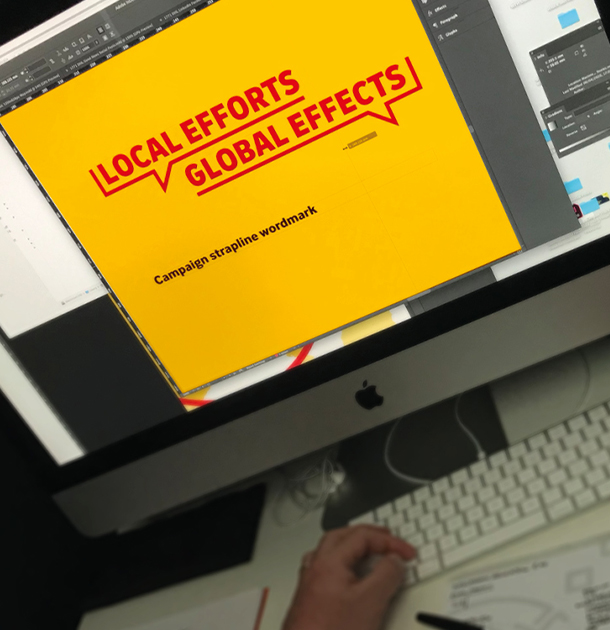
What DHL wanted to say
DHL asked Upp to help them devise a social-media platform through which they could communicate these positive, reassuring news stories. There were three key messages to be conveyed:The case for using AI
While DHL knew that maintaining their social-media comms was vital for keeping their customers and employees feeling informed and empowered, they were understandably wary of appearing insensitive in the midst of a crisis. While devising DHL’s campaign, Upp identified two potential pitfalls to be avoided.Another consideration: the campaign had to be adaptable enough to work across a variety of story types, while still remaining cohesive. One social post might communicate DHL’s transportation of PPE from one country to another; the next might cover DHL making food deliveries direct to isolated, vulnerable citizens.
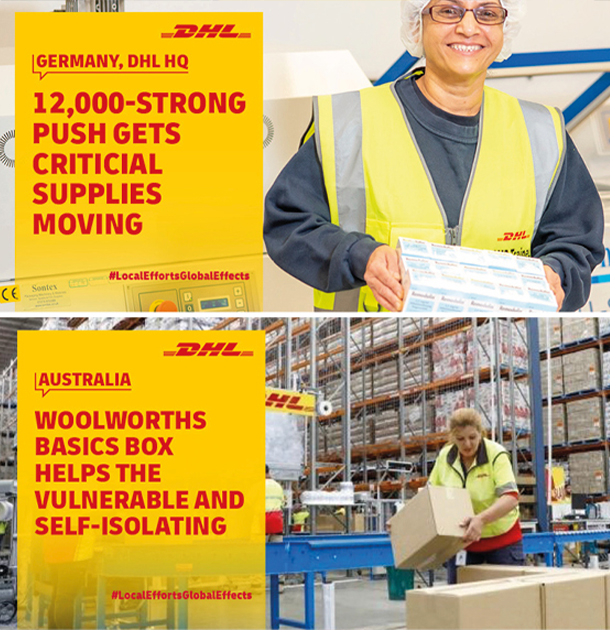
The campaign: Local Efforts, Global Effects
Collaborating from our home offices, locked-down Team Upp presented DHL with two possible routes for the campaign. DHL opted to go with the second of these: Local Efforts, Global Effects.In copy and design terms, the campaign is designed to be accessible and distinctive enough to cut through the daily avalanche of Covid-19 content. Complex stories – many involving multiple organisations and countries – can be swiftly and engagingly communicated within the tight constraints of social media.
Utilising DHL’s distinctive red-and-yellow palette, Upp created a template for Local Efforts, Global Effects imagery. With each news story drawn from a different location around the globe, the ‘speech bubble’ instantly communicates where the story is unfolding. A snappy headline gets across the story’s outline, with further details in the accompanying social-post copy.
The speech-bubble device also echoes the conversation-driven nature of social media platforms, where this campaign lives. It conveys the idea that these are real-time reports coming in from DHL teams around the globe. (Which is, in fact, exactly what they are.)
Obviously, getting candid imagery to accompany a Local Efforts, Global Effects post isn’t always an option. So we also devised a copy-only image, for when on-the-ground photography isn’t available. This bold alternative option has a suitably ‘breaking news’ feel to it.
The social campaign is supported by an interactive map on a dedicated landing page. Here, users can see an overview of DHL’s international efforts in the fightback against Covid-19.
Hovering over a geographical location reveals the unique and inspiring stories unfolding there. The map is regularly updated, revealing more and more of the international ‘big picture’, and deepening the Local Efforts, Global Effects messaging.
Hovering over a geographical location reveals the unique and inspiring stories unfolding there. The map is regularly updated, revealing more and more of the international ‘big picture’, and deepening the Local Efforts, Global Effects messaging.
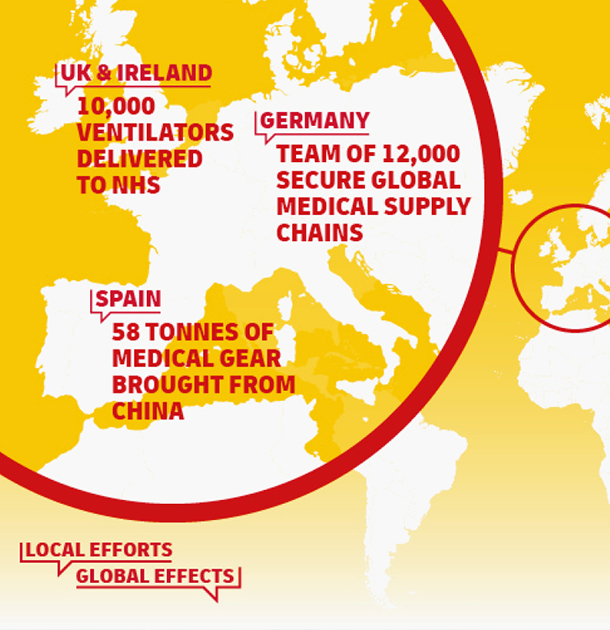
Alex Bandaranaike
Director, Client Services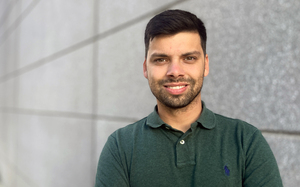
Final Thought:
DHL’s response during the onset of the Covid‑19 pandemic was a masterclass in sensitive, strategic B2B communication. Rather than going silent, they chose to spotlight their global efforts, 3D‑printing face masks in the UK, distributing sanitiser in Thailand, supporting government hotlines in Singapore, and much more, demonstrating clear purpose without resorting to self‑promotion. Through campaigns like Local Efforts, Global Effects, they reassured customers and employees by focusing on human stories and collaboration, not brand messaging, in service to the broader community. Ready to craft your own thoughtful brand response? At Upp B2B, we help brands design communications that are human, responsive and respectful, especially in challenging times. If you’d like support developing sensitive campaign storytelling, crisis messaging strategy or employee‑centred brand content, we’d love to help. Get in touch for an informal conversation at hello@uppb2b.co.uk.